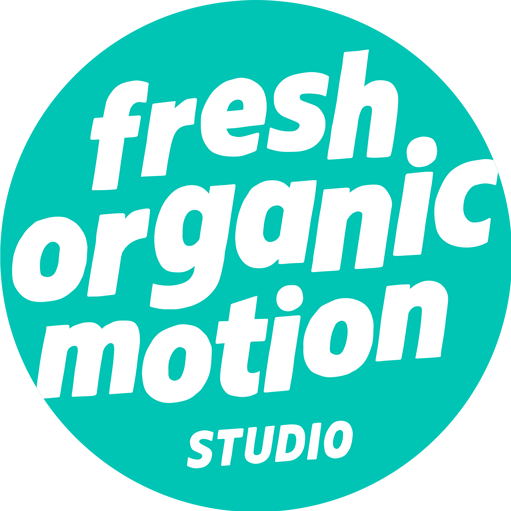AI-generated mascot
This tool, worthy of science-fiction stories, is the talk of the town, and is infiltrating every aspect of the digital world. It's this very fact that has prompted us to write this article. Indeed, while the moral aspects of image rights concerning AI-generated imagery have yet to be settled, and the national debate oscillates between awe at the commercial opportunities and a desire for restraint in the face of AI's dangers, our studio has chosen to clarify its position on the subject. While questions about AI evolve as its technical advances continue, it's important to take a step back and talk about what interests us here: the creation of digital mascots.
What is an AI-generated mascot?
An AI-generated mascot is an imaginary character created entirely by image-generating artificial intelligence. The user interacts with a text field that serves as the interface for creating the image. All you have to do is describe what you want to create, then submit this description to the generative AI. After a short computation time, an image appears as if by magic.
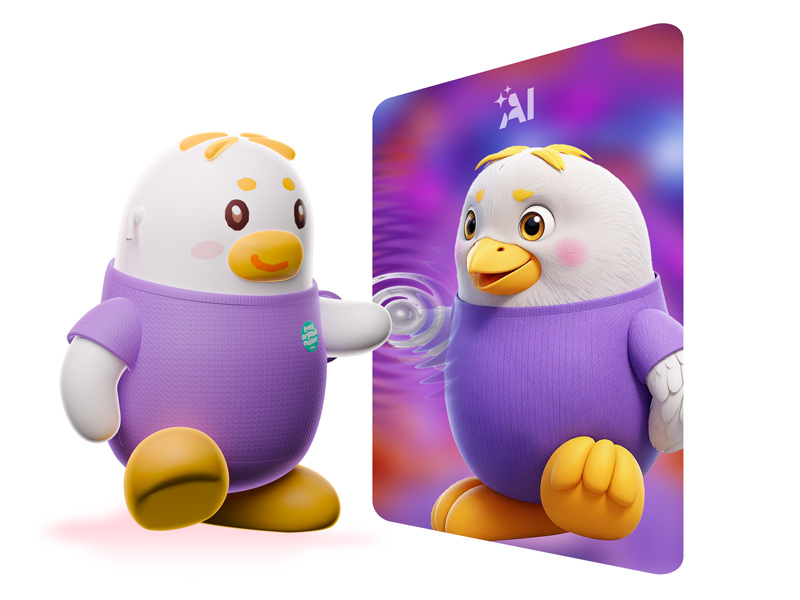
Our findings on the use of AI in the creation
AI technologies are incredible and diverse. Yesterday, we were amazed by the image production of Midjourney or DALL-Ethen by Stable Diffusion and more recently Flow.
Today, we are witnessing a veritable effervescence in the field of video creation, with the emergence of new players such as Luma, Runway and Kling AI, that deliver impressive results in a variety of visual styles.
Every day, new innovations appear on the scene, making it increasingly difficult to keep abreast of the latest advances, as tools become more sophisticated and integrated with other solutions.
From new ways of working emerge and are turned upside down every week.
This creates a kind of race for productivity and creativity to surpass what was generated the day before.
After many years of using these technologies to keep pace in an increasingly competitive creative sector, one thing is clear: it's crucial to detach ourselves from the noise of innovation, and focus on what's essential: providing quality service to our customers.
Fresh Organic Motion, the human studio, after all.
As creators and designersthe Fresh Organic Motion studio team would like to highlight thehuman inventivenessbased on a reflection from a research in-depth knowledge of our customers' business sectors. Artificial intelligence is used to complement a graphic style, just like any other design tool, but it does not foreshadow the creation.
We don't offer creations straight out of a prompt, even if it's based on a chosen style. Why ?
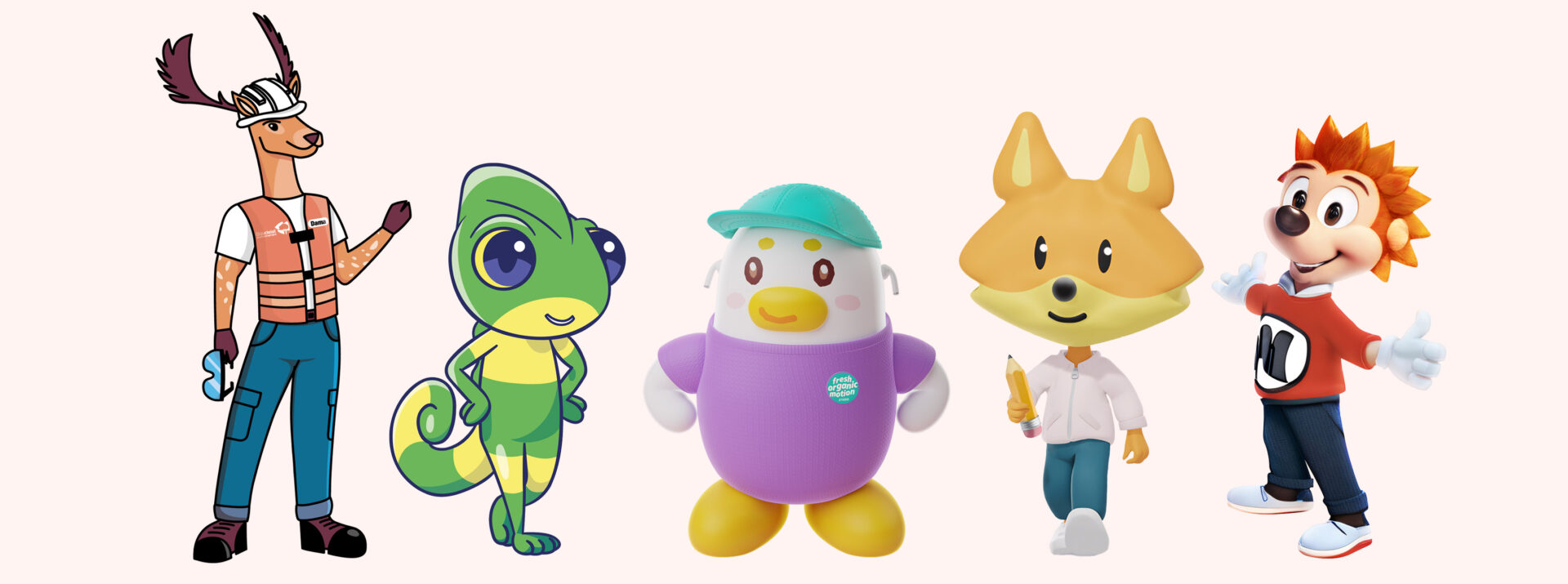
What are the limits of generative artificial intelligence?
Here's a thought exercise:
what happens if you give the same instructions to two human beings different?
You'll get two different results.
If you give the same instruction to the AI twice, you risk having two similar results.
Although it is possible to enrich artificial intelligence with learning from a variety of styles, we have observed a style that emanates from AI, especially when it comes to managing shapes and concepts.
Human creations, particularly in the advertising sector, have reinforced representational stereotypes; these same stereotypes have fed AI.
So to take an AI result fresh from ChatGPT without thought would be to reproduce harmful stereotypes. We are living in a time of transformation concerning visual representations, where the production of images touches the eyes of millions of people. Consequently, those who create and share these images bear a responsibility for their content.
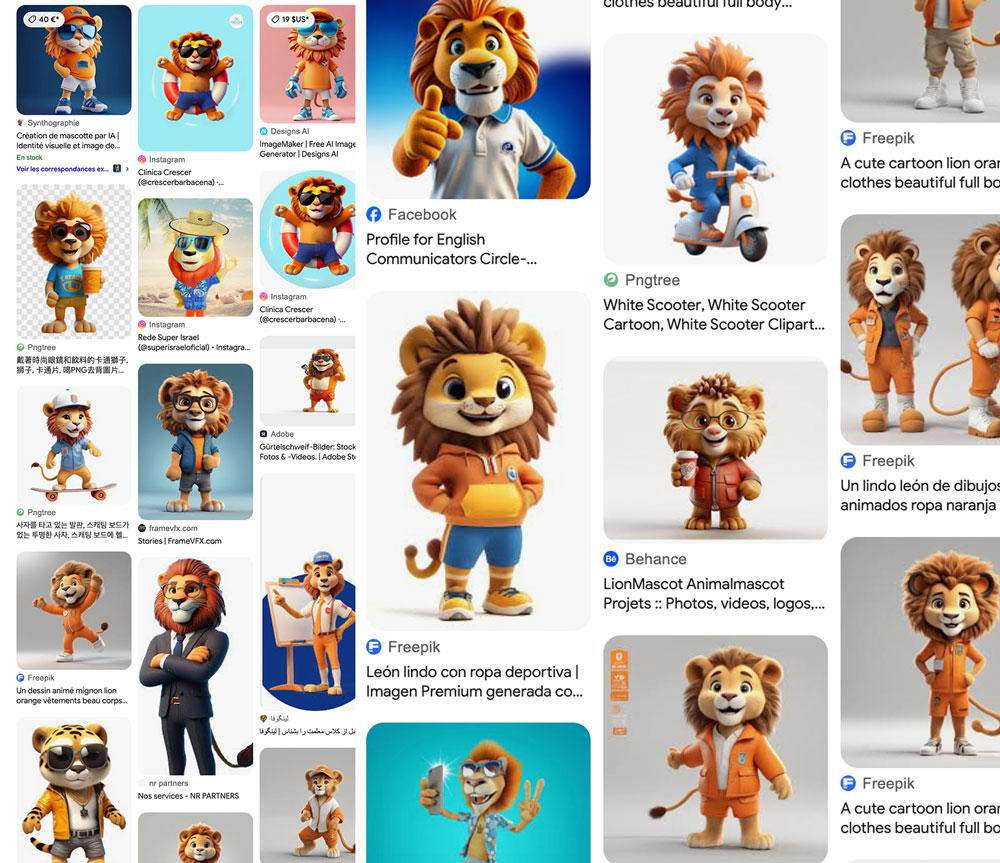
Mascots are similar and not unique.
Why opt for artificial intelligence to design your entire mascot? The moment of compromise.
If you're looking for a mascot that does not particularly stand out and can be produced quickly and cost-effectively, artificial intelligence generation could be just what you're looking for. However, it's worth pointing out that AI has limits when it comes to creativity and originality, which can lead to results that are often similar and uninspiring.
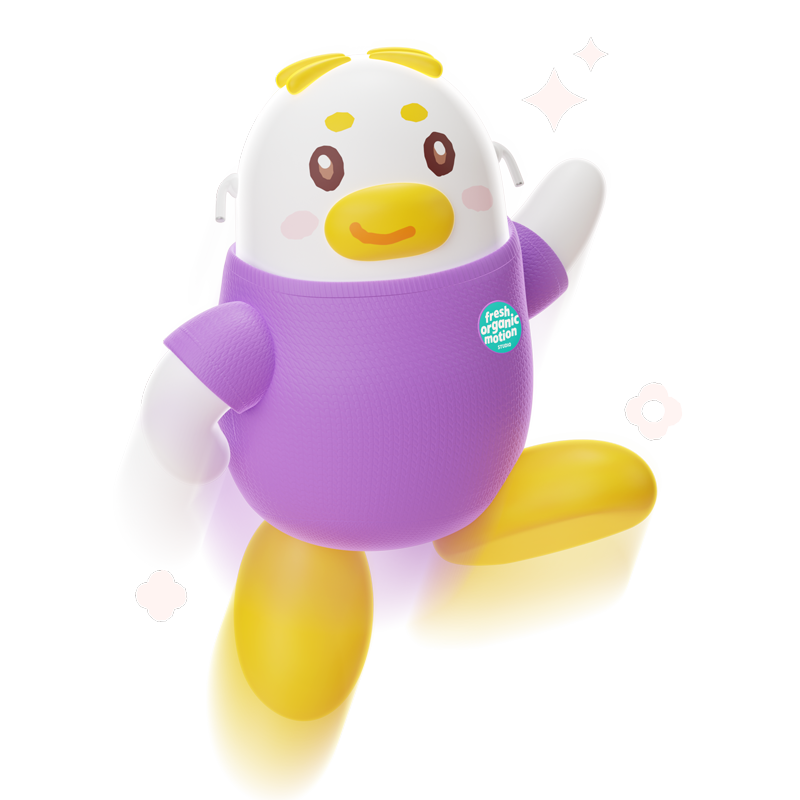
Good practice guide to generative AI :
- Critical analysis of results It's important not to let yourself be influenced solely by the visual aspect of a generated image. Think about the message conveyed: Does the image accurately represent your brand's identity and values? Has the initial request been respected?
- Uniqueness and personalization : Although generative AI is powerful, it can sometimes produce results that lack originality. Make sure your mascot stands out with unique characteristics that make it identifiable and memorable.
- Ethical and legal aspects : The creations of artificial intelligence raise questions about copyright protection. In France, copyright only protects works created by the human mind, which means that works generated by AI do not benefit from the protection provided by the intellectual property code.
- AI style : There's often a style that emerges from AI, something disturbing that can't be explained. If your audience notices that the mascot is AI-generated, there may be rejection - some are opposed to AI creation on ethical grounds.
